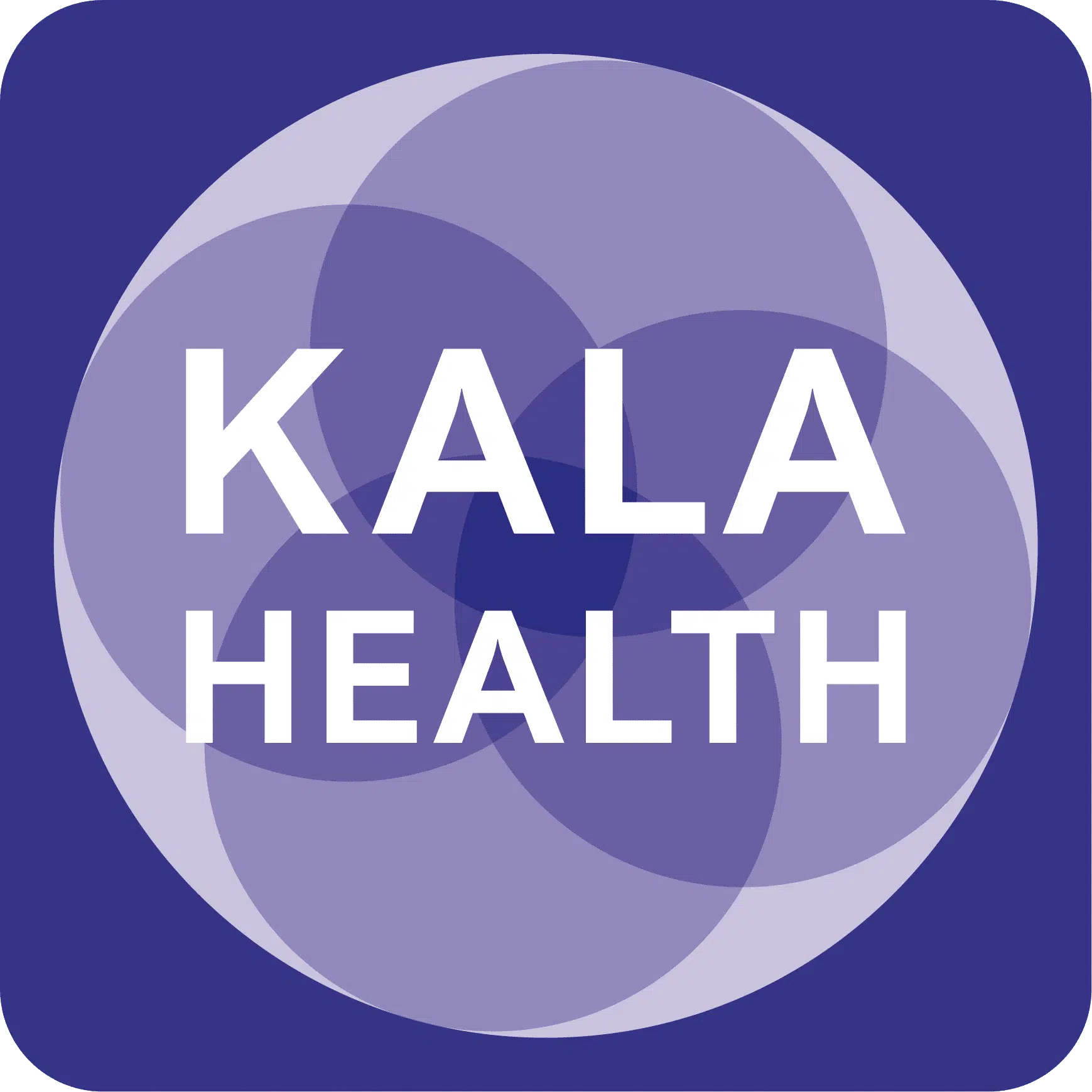What is Akkermansia Muciniphila? Reading time: +-5 minutes Akkermansia Muciniphila, also known as MucT, was…

The science behind MSM Glucosamine Chondroitin
MSM
MSM is the abbreviation of Methylsulfonylmethane, a small molecule built from two methyl groups and one sulfate group. It is a natural compound found in for example fresh milk and fresh vegetables, remarkably breast milk being the richest source of MSM. The amount odf MSM in the body decreases when we get older. An important discovery is, MSM is the safest most effective natural painkiller known.
How does MSM work?
- MSM is an analgesic: it blocks the transmission of the pain stimuli in the so-called C-fibers of the autonomous nerve system. These fibers transmit the pain stimuli from the place where the pain originates to the brain.
- MSM blocks inflammatory processes and prevents cartilage break down.
- As supplier of sulfur (sulfate group) MSM contributes to healthy cartilage. The concentration of sulfur in arthritic cartilage usually is much less than the concentration in healthy cartilage.
- As supplier of methyl groups, MSM delivers the building blocks of all organic molecules.
Research
MSM is being researched for since the 1960’s by it’s discoverer, professor Stanley Jacob of the Health Sciences University in Portland.
Dr Jacob laid down his experiences in a few books: “The Miracle of MSM, the Natural Solution for Pain”(1999) and “MSM, the definite guide” (2003). Data obtained by the Oregon Health Sciences University show, approximately 70% of the patients with chronic pains benefit from MSM.
Quality
Most of the MSM offered on the market, is produced in Asian countries such as China and India. Without any exception, this MSM is ‘purified’ by means of Crystallization. During this process the raw material obtained is dissolved in water, and dried. All impurities remain in the crystals, and even impurities from the water may be included as well. In the USA a high quality MSM is produced by the original MSM manufacturer Bergstrom Nutrition. This MSM (OptiMSM®) is the only MSM truly purified through multiple Distillation, leaving all impurities behind. Certificates of Analysis show, OptiMSM contains up to 20.000 less heavy metals than any other MSM. Besides, this US company owns the most important patents issued on MSM.
Dosage and safety
For most people with chronic pains, the effective dosage lies between 2 en 8 gram MSM per day. This dosage is usually safe. Some people may experience mild bowel discomfort such as cramps and diarrhea. Should these side effects appear, they will disappear again as soon as the dosage is reduced. For some people MSM may also make the blood slightly thinner. People using blood thinners are recommended to consult their physician MSM and reduce the amount of blood thinners.
GLUCOSAMINE
Glucosamine is a so-called amino sugar, built of a chain glucose molecules with one OH-group replaced by an amino (NH2)-group . Glucosamine is metabolized by the body, using glucose and amino acids.
How does Glucosamine work?
Glucosamine has the following proven effects:
- Glucosamine is an important building block of the so-called glycosaminoglycans (GAG’s), which form the matrix of cartilage.
- Glucosamine is an important regulator of the GAG-synthesis.
- Glucosamine protects cartilage by blocking the expression of inflammatory cytokines, and by blocking the expression of genes that support the breakdown of cartilage.
It all comes down to the following: the body need a high level of glucosamine for maintaining the existing cartilage and the building of new cartilage. With increasing age the amount of cartilage in the joint decreases. Besides, the quality of the cartilage decreases, causing wear and tear of the joints and local inflammations. There is compelling evidence people with chronic joint problems benefit from oral supplementation with glucosamine. Usually glucosamine is taken in the form of a salt to stabilize the molecule. Glucosamine slats are well absorbed and safe in use.
Research
The positive effect of glucosamine on joints has well been confirmed in numerous studies, performed from the 1960’s onwards. A confusing factor however was, different forms of glucosamine were used in the studies, at different concentrations and different protocols of intake. When corrected for these differences, best results were obtained by stable forms of glucosamine of the highest quality.
CHONDROITIN
Chondroitin (or more exact: Chondroitin sulphates) are long chains of the two molecules galactosamine sulfate and glucuronic acid. These chains form the most important GAG’s (glycosaminoglycan’s) found in cartilage. For a long time molecules chondroitin were considered too large to be absorbed by the body. Consequently, oral supplementation was supposed to be useless. More recent studies have shown without any doubt that smaller molecules chondroitin sulphate are well absorbed by the body. There is convincing evidence that oral supplementation of chondroitin sulfate positively affects people with chronic joint discomfort (9).
How does Chondroitin work?
Not well understood is, how chondroitin exactly works. However, the following hypotheses have been made acceptable:
- Chondroitin -as important GAG- supplies the cartilage the building blocks needed for repair.
- Chondroitin blocks enzymes that break down cartilage in the joints (10).
- Chondroitin raises the amount of hyaluronic acid in the joints. Hyaluronic acid is the most important lubricant in the joints (11).
- Chondroitin blocks inflammations in the joints (12)
Research
Chondroitin has been well studied since the1960’s, proving the efficacy in case of joint problems..
CHONDROITIN
Chondroitin (or more exact: Chondroitin sulphates) are long chains of the two molecules galactosamine sulfate and glucuronic acid. These chains form the most important GAG’s (glycosaminoglycan’s) found in cartilage. For a long time molecules chondroitin were considered too large to be absorbed by the body. Consequently, oral supplementation was supposed to be useless. More recent studies have shown without any doubt that smaller molecules chondroitin sulphate are well absorbed by the body. There is convincing evidence that oral supplementation of chondroitin sulfate positively affects people with chronic joint discomfort (9).
How does Chondroitin work?
Not well understood is, how chondroitin exactly works. However, the following hypotheses have been made acceptable:
- Chondroitin -as important GAG- supplies the cartilage the building blocks needed for repair.
- Chondroitin blocks enzymes that break down cartilage in the joints (10).
- Chondroitin raises the amount of hyaluronic acid in the joints. Hyaluronic acid is the most important lubricant in the joints (11).
- Chondroitin blocks inflammations in the joints (12).
Research
Chondroitin has been well studied since the1960’s, proving the efficacy in case of joint problems.
Quality
Traditionally, chondroitin is produced from cartilage of marine, bovine, porcine or avian source. Recently became clear, that much of the chondroitin sold in the market is adulterated. Cheap. adulterated chondroitin usually contains chondroitin-like molecules, and only little pure chondroitin.
Enzymatic HPLC is a newly developed and accurate testing method, including the isolation of true chondroitin molecules using specific enzymes. The relative amounts of the different types of chondroitin (the so-called types A and C) showing up in HPLC columns, are reliable indicators of both the quantity of true chondroitin, and the origin of the material (marine, bovine, porcine, avian).
Dosage and safety
A daily intake of 1,2 gram high quality chondroitin is usually considered the scientifically proven effective dosage. This dosage is also considered safe. Some people may experience mild bowel discomfort, these complaints usually disappear when the dosage is lowered.
Vegetarian Chondroitin
Recently a Chondroitin of vegetarian origin entered the market, manufactured form vegetarian source by fermentation of vegetarian polysaccharides. The quality of this material is unmatched, >90% pure according to e-HPLC test, and with a very low molecular weight. Research shows, the biological activity is 40% higher compared to chondroitin of animal origin. Yet, this does not compensate for the extremely high price of this material
Combined Effect Studies
Recent rersearch shows, MSM, glucosamine en chondroitine work better in combination than when taken seperately.
MSM and glucosamine
In a double blind, placebo controlled study 118 patients suffering from osteoarthrosis took for three months daily 1500 mg MSM, 1500 mg glucosamine or both. Fields of investigation were pain experience, and inflammations.
After three months both MSM and glucosamine significantly improved the complaints. Best resuls were measured at the group that had taken both ingredients together (17).
GAIT Study: Glucosamine and chondroitin
In november 2005 the results were published of a study known as the Glucosamine/Chondroitin Arthritis Intervention Trial (GAIT), sponsored by the National Institutes of Health (NIH) in the United Sates. In dit double blind, placebo-controlled study the effect was measured of glucosamine en chondroitin on knee osteoarthritis. The total number of participants was 1258 people, divided over 16 rheumatology clinics in the United States.
Table: The effect of different treatment methods on pain reduction of patients with moderate-to-severe knee osteoarthritis
| Treatment | Result |
| Glucosamine + chondroitin | 79,2% |
| Celecoxib | 69,4% |
| Glucosamine | 65,7% |
| chodroitine | 61,4% |
| Placebo | 54,3% |
The results of this solid study show, the combination of glucosamine and chondroitin is most effective in the treatment of pain for people suffering from moderate-to-severe knee osteoarthritis. The combination was more effective than celecoxib (a widely used nsaid), glucosamine alone and chondroitin alone (18).
A former study had shown, glucosamine and chondroitin combined may bring substantial relief for people suffering from osteoarthritis (16).
People suffering from osteoarthritis may best take a food supplement that combines MSM, glucosamine and chondroitin.
Onze producten
Voor een gezonde levenstijl
REFERENCES
-
- Miedema, H.S.: Reuma in Nederland: de cijfers. Het aantal patiënten met chronisch reumatische aandoeningen in Nederland. TNO-rapport 97.034: 1997
- Jacob, S. W.; Lawrence, M.D.; and Zucker, M.: The Miracle of MSM. The Natural Solution for Pain. Uitg. G.P. Putnam’s sons, New York: 1999.
- Jacob, S.W.; Appleton, J.: MSM. The Definite Guide. Uitg. Freedom Press, Topanga, US, 2003.
- Rizzo R., Grandolfo M., Godeas C., Jones K.W., Vittur F.: Calcium, sulfur and zinc distribution in normal and arthritic articular equine cartilage: a synchotron radiation-induced X-ray emission (SRIXE) study. J. Exp. Zool. 1995 Sept 1;273(1):82-6.
- Kim L.S, Axelrod L.J., Howard P., Buratovich N., Waters R.F. : Efficacy of Methylsulfonylmethane (MSM) in osteoarthritis pain of the knee: a pilot clinical trial. Osteoarthritis and Cartilage (2006): 14, 286-294.
- Noack W.; Fischer M.; Forster K. et al: Glucosamine sulfate in osteoarthritis of the knee. Osteoarthritis Cartilage 1994;2:51:59.
- Rovati, L.C.: A large, randomized, placebo controlled, double blind study of glucosamine sulfate vs. piroxicam and vs. their association, on the kinetics of the symptomatic effect in knee osteoarthritis. Osteoarthritis Cartilage 1994;2(suppl1):56.
- Reginster J.Y.; Deroisy R., Rovati L, et al: Long-term effects of glucosamine sulfate on osteoarthritis progression: a randomized, placebo-controlled clinical trial. Lancet 2001;357:251-256.
- Conte A.; Volpi N.; Palmieri L. et al : Biochemical and pharmakokinetic aspects of oral treatment with chondroitin sulfate. Arzneimittelforschung 1995;45:918-925.
- Uebelhart D.; Thonar E.J.; Zhang J. et al: Protective effect of exogenous chondroitin 4,6-sulfate in the acute degredation of articular cartilage in the rabbit. Osteoarthritis Cartilage 1998;6(suppl A):6-13.
- Hungerford D.S.: Treating osteoarthritis with chondroprotective agents. Orthopedic Special Edition 1998;4:39-42.
- Ronca F.; Palmieri L.; Panicucci P. et al : anti-inflammatory activity of chondroitin sulfate. Osteoarthritis Cartilage 1998;6(suppl A):14-21.





